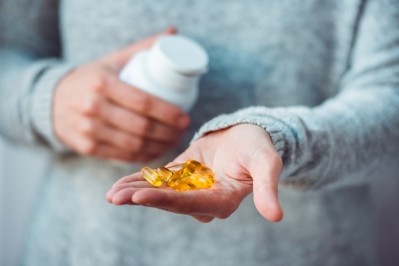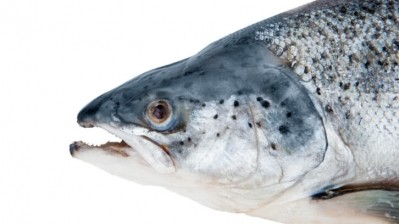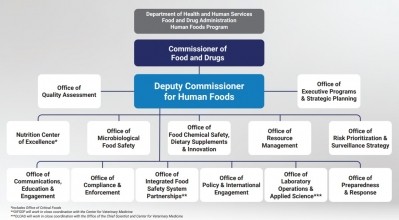Tailored enzymes could be a game-changer for fish protein powders

Protein hydrolysates made from marine byproducts have an impressive nutrition profile, but they typically contain trimethylamine (TMA), the organic compound that gives off that pungent fish odor. While marine byproducts are a great source for peptide ingredients, the unpleasant smell caused by TMA has limited its access to market. But this thorn in marine byproducts side may be a thing of the past, thanks to biotechnologists at independent research institute NORCE, who are using tailored enzymes to improve a protein powder made from fish byproducts.
Background
In a previous project, referred to as aMASE, researchers found an enzyme that could remove a molecule that causes the foul fish smell. With that information, the researchers further explored the topic via the EU project OXIPRO, published in the journal Applied and Environmental Microbiology.
Because enzymes increase the rate of a chemical reaction without being consumed themselves, the researchers explain they can be very precise when it comes to the particular reactions they catalyze. However, many enzymes are sensitive to temperature and lose their activity at about 40°C or above.
The research: engineering enzymes
In the latest study, published in Applied and Environmental Microbiology, researchers were able to demonstrate that an enzyme variant called mFMO_20 that was previously unable to tolerate high temperatures can now be engineered to become more thermostable. The researchers note that their findings present an important next step toward the application of this novel enzyme technology in marine biorefineries.
“Now, we have an enzyme which works better under processing conditions. We hope such an enzyme will be of interest to seafood producers who wish to exploit their byproducts even better, to increase their profitability," said researcher Rasmus Ree of the Department of Biomedicine, University of Bergen. "Our ambition is to design an enzyme process which seafood producers can use to make their business more profitable, and to keep as much of the biomass as possible food-grade.
Upon butchering and typically fileting, the remaining fish byproducts are a large chuck of the total biomass–much of which is in the form of highly nutritional proteins.
Smell-free
"The strategy we have chosen is to use an enzyme which converts TMA into trimethylamine-N-oxide (TMAO), as TMAO is smell-free. TMAO exists in fish naturally anyway. In fact, the TMA gets into the hydrolysate because after the fish is butchered, bacteria convert the naturally occurring TMAO into TMA,” the authors explained.
"The way these byproducts are handled now is that they are ground and treated with a special type of enzyme, called a protease. A protease cuts the fish proteins into smaller pieces. This process is called enzymatic hydrolysis, and what we are left with is a hydrolysate. After the hydrolysis is complete, the proteins are dried and you are left with a protein powder," Ree added.
Applications
This new option for protein could be applied for a variety of uses–from sports nutrition to meal replacements.
"This protein powder naturally tastes and smells like fish, and for that reason, it is not used much for human food. Instead, it is used for animal feed and pet food. If we could make a protein powder with a neutral flavor, we could use it for things like protein shakes for athletes, or meal replacements for the elderly or others who have trouble getting enough high-quality nutrition. This is more economical and more environmentally sustainable than taking it out of the food chain for other purposes," noted Ree.
Conclusion
Ree explained that their research was able to demonstrate that they can use the improved enzyme in a hydrolysate made from salmon protein.
“When we increased the heat up to the process temperature, only the new enzyme variant could perform. Not only that, but it worked better at a higher temperature than at a lower one! This told us that the new enzyme variant can handle industrial process conditions. Now we want to test it on other raw materials, such as cod and pelagic fish, while we continue optimizing the enzyme," Ree said.
Source: Applied and Environmental Microbiology
Increased Thermostability of an Engineered Flavin-Containing Monooxygenase to Remediate Trimethylamine in Fish Protein Hydrolysates
Authors: M Goris et al.
















